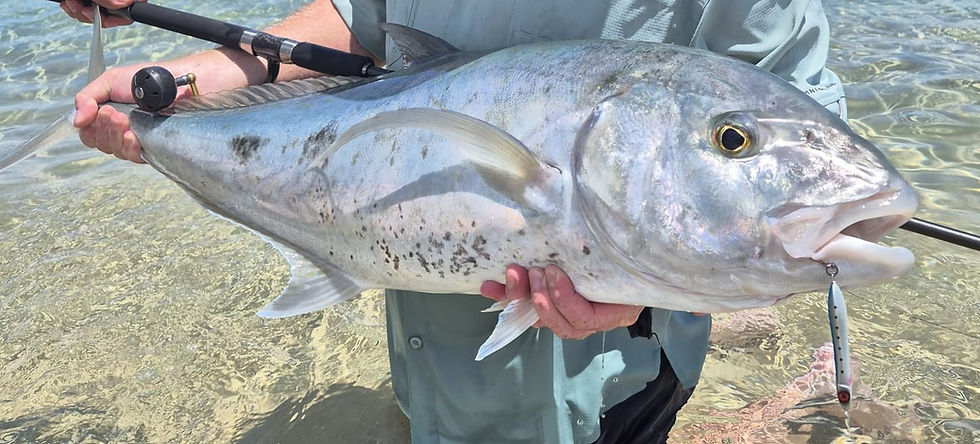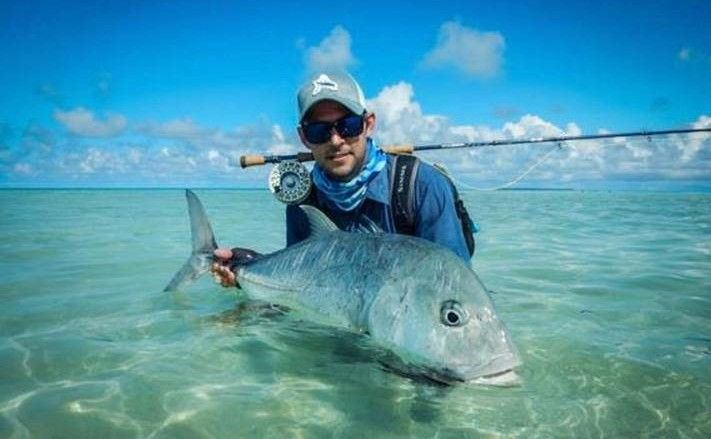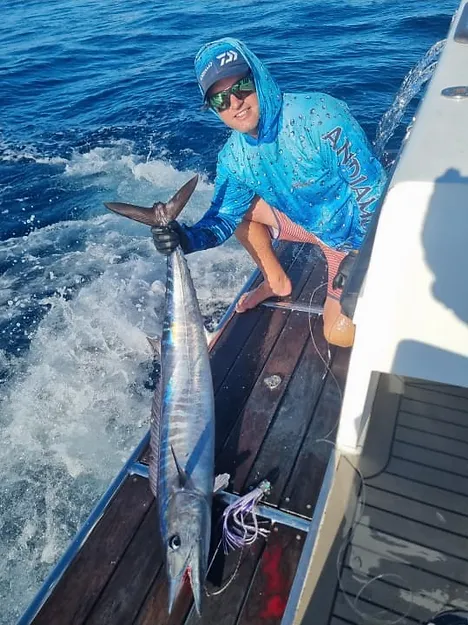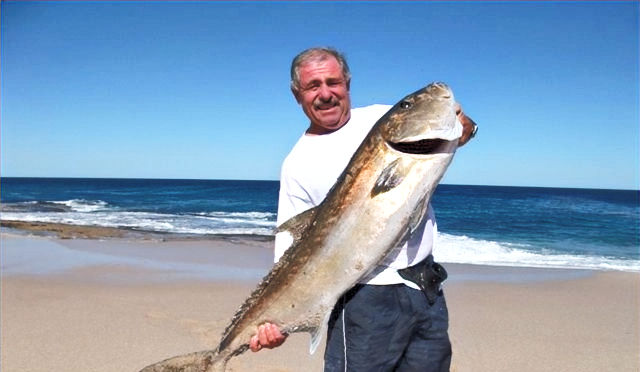Catch & Release Fishing for Pelagic Species: Tips for Sustainable Offshore & Beach Angling
- Saltwater Fish Lures
- May 16
- 2 min read
Pelagic game fish like tuna, mahi-mahi (dorado), wahoo, GT, makerel and billfish (marlin, sailfish) offer unmatched excitement for offshore anglers. But with growing environmental pressures, catch and release (C&R) fishing has become essential for protecting these powerful, migratory species.
Done right, C&R helps maintain healthy fish populations and keeps offshore sportfishing thriving.
Why Catch & Release Matters

Many pelagic species are:
Highly migratory
Slow to reproduce
Vulnerable to overfishing
Species like sailfish and blue marlin are especially at risk from both commercial and recreational harvest. Catch and release helps reduce pressure on these populations—but only if done correctly.
Best Practices for Releasing Pelagic Fish
1. Use the Right Tackle
Circle hooks (non-offset and barbless preferred) reduce deep hooking.
Use strong rods and reels to land fish quickly and minimize exhaustion.

2. Minimize Handling
Keep the fish in the water when possible.
Wet your hands or gloves before handling.
Support the fish horizontally, never by the jaw or gills.
Avoid laying the fish on hot, dry decks.
3. Avoid Gaffs
Only use a gaff if you're keeping the fish. For C&R:
Use tail ropes
Use lip grips
Use long de-hookers to safely release fish at boatside
4. Revive Before Release
Hold the fish upright in the water
Move it gently forward to oxygenate the gills
Larger fish may need several minutes to recover and swim off strongly

5. Know the Rules
Different regions have different regulations. Some species (like Atlantic blue marlin) are catch and release only in many zones. Always stay up to date on:
Gear restrictions
Bag limits
Seasonal closures
Species-Specific Tips
Sailfish & Marlin:
Extremely sensitive to air exposure
Use in-water release tools
Never lift vertically for photos
Tuna:
Can suffer from barotrauma
Handle as little as possible and release quickly
Mahi-Mahi (Dorado):
Durable but slippery and fast-moving
Use two hands if lifting for a quick photo
Wahoo:
Sharp teeth and strong thrashing
Always use pliers and protect your hands

Conservation Through Action
Releasing a fish properly means you’re doing your part to protect ocean ecosystems, support sustainable fishing, and preserve the future of sportfishing.
Every responsible release makes a difference—especially for pelagic species that travel thousands of miles and face heavy fishing pressure along the way.
Final Thoughts
Whether you're chasing yellowfin in the Gulf or blue marlin in the Pacific, remember: How you release matters.
Let’s fish smarter, not just harder.
Tight lines—and even tighter conservation!



